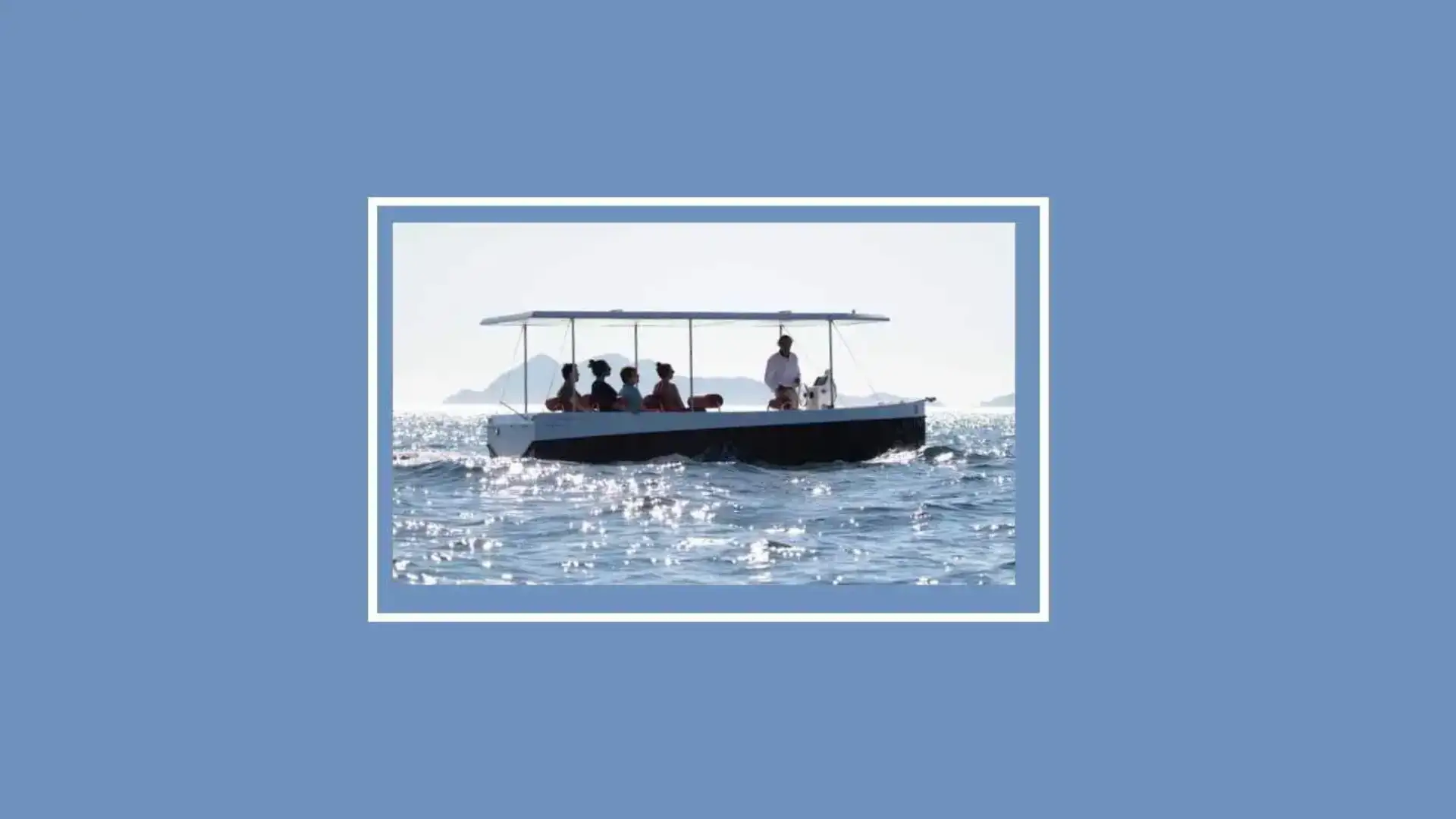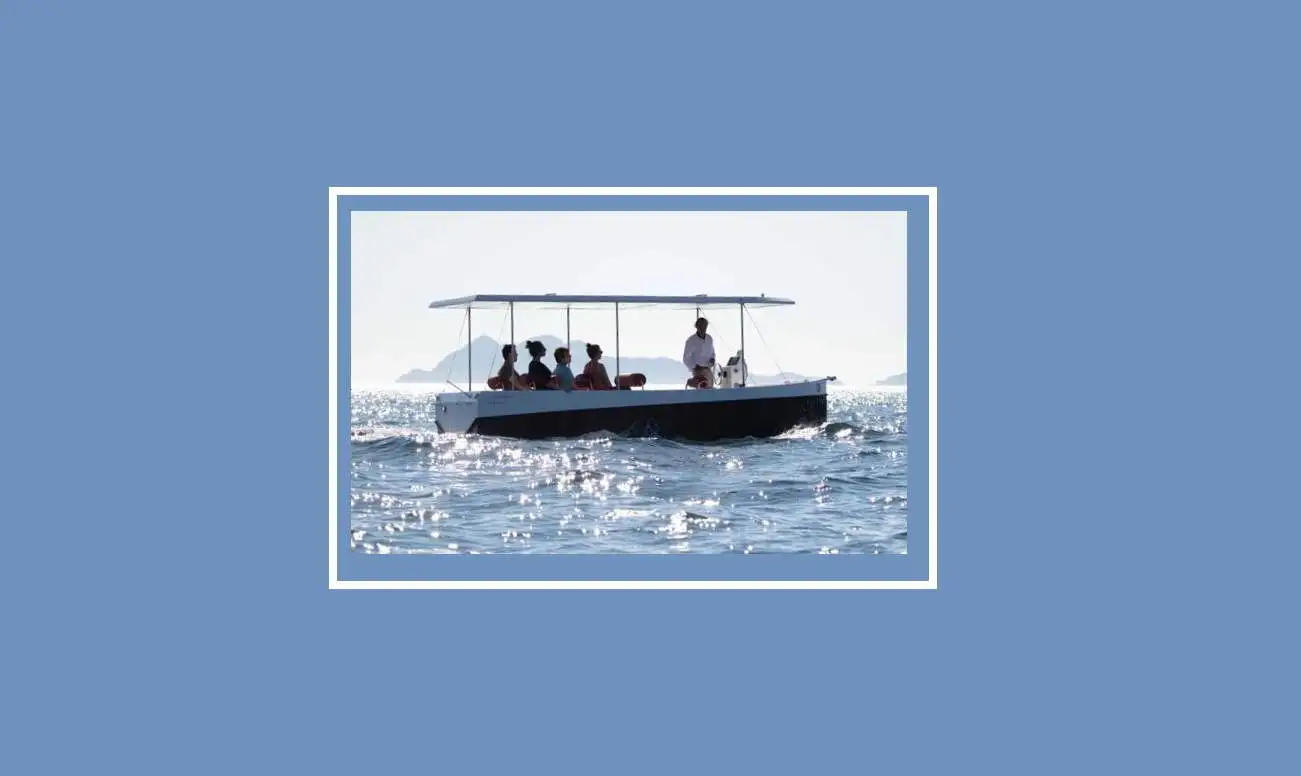
Rabelo Boats launches his first solar ship in Galicia
Rabelo Boats launches his first solar ship in Galicia

Its first projected model is the LASAI 20, a vessel with a surface of photovoltaic solar panels that will avoid each year the emission of a ton of CO2 to the atmosphere
Rabelo Boats, a Spanish company dedicated to the construction of electric propulsion vessels with photovoltaic solar generation, carried out in Vigo, the launch of the first model designed by Rabelo Boats, the Lasai 20.
The Lasai 20 has been conceived as a walking boat focused on tourist or passenger transport companies in sheltered waters with capacity for eight passengers plus the pattern, in a quiet and clean way... it also stands out for its great maneuverability, being able to be patronized by a person in a simple way.
It is built of fiberglass and with a surface of solar panels mounted on a rigid awning along the length of the boat, it is capable of generating approximately [1500] WP power which, in addition to protecting from the sun and the weather, will provide on sunny days most of the energy needed for its displacement. The battery load shall be completed at night or during rest periods if necessary.
Technical characteristics of the Lasai 20
Total length: 5.98 m
Flotation length: 5.96 m
Maximum sleeve: 2.20 m
Thread weight: 1050 kg
Maximum displacement: 1750 kg
Maximum number of people on board: Pattern + 8 passengers (possibility of integrating wheelchair)
Power installed: 8 kW nominal / 10 kW maximum.
Battery capacity: 10.5 kWh
Cruise speed: 5 knots
Maximum speed: 6.5 knots
Autonomy at cruise speed: 4.2 h 7.2 h Aprox with solar plates
Port autonomy (3 knots): 8.5 h 14.5 Aprox with solar plates
Design category: C / D According to versions
Navigation area: Water / coast up to 12 miles
Design: Iñigo Echenique / SeadroneIñigo Echenique is a Naval Engineer whose signature is behind illustrious icons of Spanish naval architecture, such as the recently delivered Sea Cloud Spirit and the second largest sailing ship, the Royalist school ship of the British cadets of the Marine Society or the May Be that with 59 meters of length is the largest yacht designed and built in Spain. He has been head of design and research of the first Spanish Cup America and projected from popular ships to patrol and high-speed unmanned ships.
© 2024 Nautica Digital Europe - www.nauticadigital.eu











